Lake Biwa

Makino is a little town on the north end of lake Biwa, a large body of water north of Kyoto. The length of the lake is actually longer than the distance between Osaka and Kyoto, so it was quite an effort to get up here.



The sunrise from this end of the lake is definitely worth seeing.



This hotel served a western breakfast, which is a massive plus in my book. The seafood that is ever-present in Japanese breakfasts renders them largely inedible for me.
Kyoto

This is Kyoto station. It’s very new and fancy with a huge shopping and hotel complex attached, making for an interesting contrast with the old city itself.

This is the Kyoto tower. It’s a useful landmark if you need to find your way back to the station, which is next door.

There’s a museum near the station dedicated to the works of Tezuka Osamu (of Astro Boy fame).

One of the first temples we encountered was the East Honganji. The West Honganji is just across the road from here, but it doesn’t seem as big as this one.

Resist the temptation to make a Soviet Russia joke here.

This is the Kamo River. At this point in its flow, it’s shallow enough to wade across.

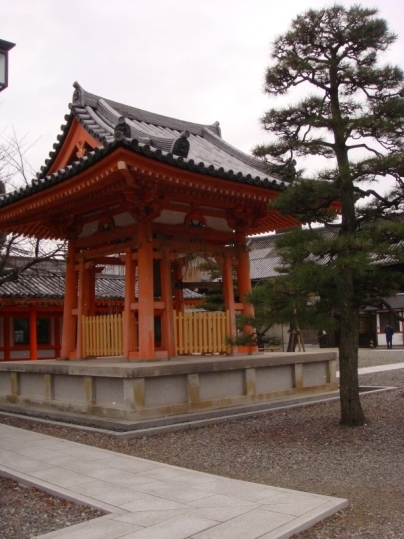
This is Sanjuusangendou, a Bhuddist temple famous for enshrining 1,000 statues. We were here during the Adult’s Day public holiday, when all people aged 20 officially become adults. Traditionally, an archery contest is held here at this time, but I think we were a bit early.
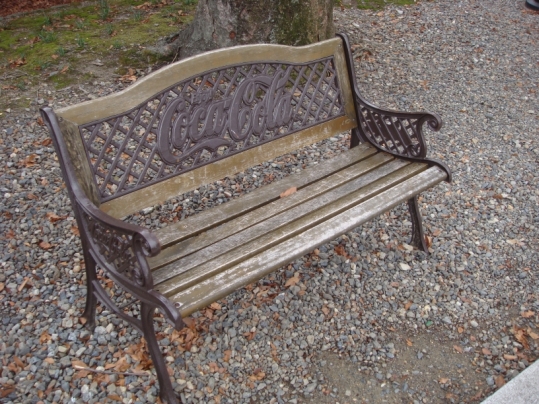
Yes, it’s a coke bench inside a temple. Is anywhere safe from the Coca-cola corporation?

Although Sanjuusangendou is a Bhuddist temple, it has a Shinto shrine within its grounds – a remnant from the times when both religions were practiced together.

This is the road up to Kiyomizu Temple. It may not seem so from the picture, but this slope is actually pretty steep, as Kiyomizu is very high up. It’s pretty much souvenir shops and cafes on both sides all the way from here to the temple.


This is the main gate to Kiyomizu. Again, it’s hard to tell from the photo, but it was absolutely packed as it was Adult’s Day.

The tower, a little past the front gate. You can see this part of the temple even from city.

Everyone’s seen those staves Bhuddist monks carry with them in period movies and anime, right? These ones on display here are made of metal and weigh a ton. The big one there in the middle is especially tough – even a team effort wasn’t enough to lift it.

The famous viewing platform at Kiyomizu. The platform where you can look towards the city is a little further down.

Vista of Kyoto from the viewing platform.

This is that washing and drinking thing I mentioned earlier, only the water is coming down from spouts on the roof.

The way down towards Kyoto,

This guy must be the worst parker ever.
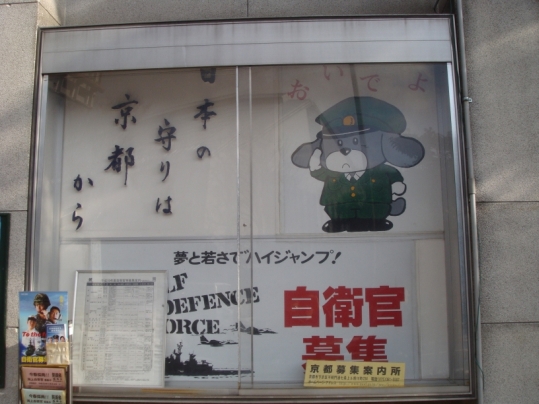
A recruitment poster for the Self-Defence Force, complete with cute mascot.

The Naval SDF band giving a performance in front of Kyoto station. The guy who was singing had quite a pair of lungs on him.
Amanohashidate


Amahashinodate is one of the Nihon Sankei (‘Three views of Japan’). It’s essentially a land bridge that joins two opposing sides of a bay north of Kyoto.

We stayed at a super high class (and expensive) ryokan while we there. They did practically everything for us, including picking us up from the station. There was also a great open air bath facing Amanohashidate which we had to ourselves.

The dinner was classy too. The dishes just kept coming, although unfortunately, most of them were seafood.

We had a great view of Amanohashidate from our room.
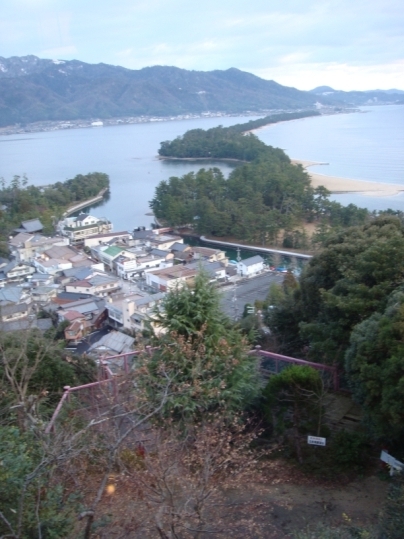
You could look down on the town in front of the bridge, too.
Uji


Uji city is a little to the south of Kyoto. It’s famous for being the place where the Genji Monogatari is set. Pictured is the beautiful scenery on the way there.
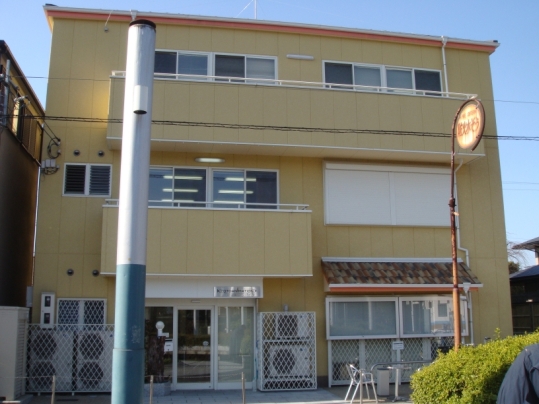

Uji city is also the home of Kyoto Animation (of Suzumiya Haruhi, Lucky Star, Kanon, Air and Clannad fame). This is their commercial office near Kohata station.
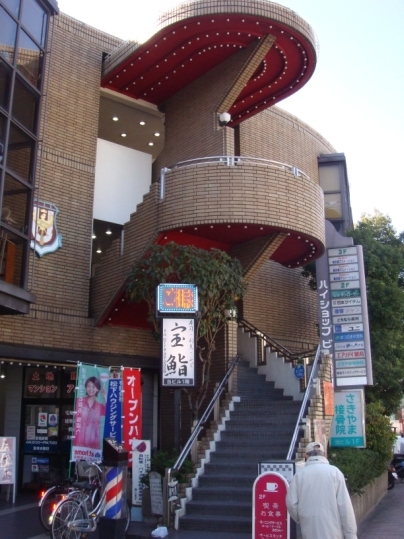

A little further downtown is the KyoAni studio itself.

Posters of all of their previous works hang in the lobby.
Posted in on October 20, 2008
Leave a Reply